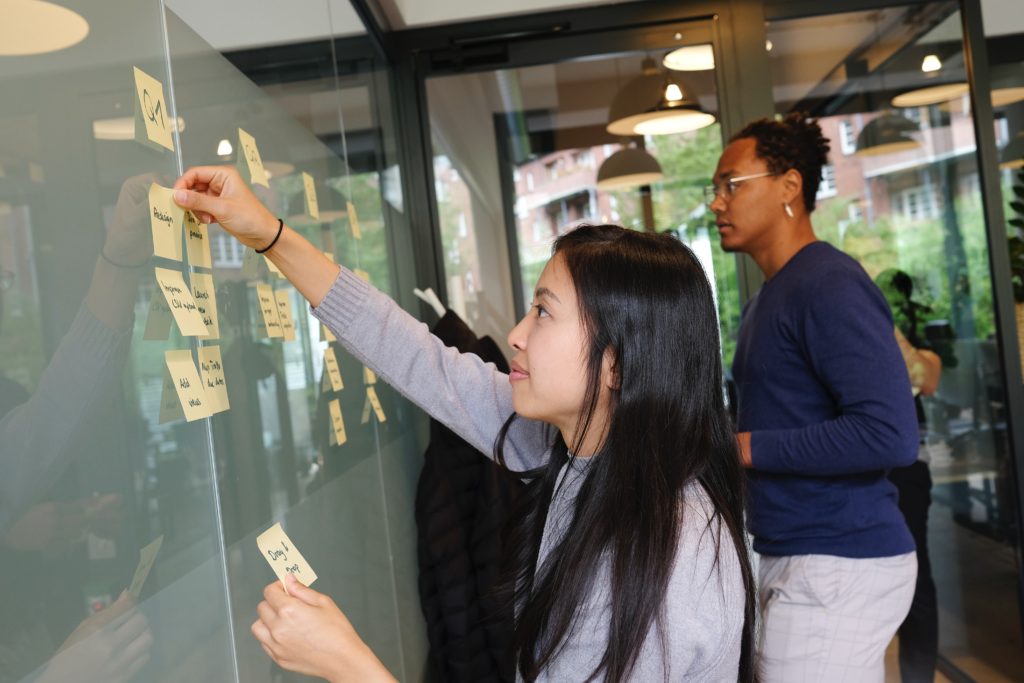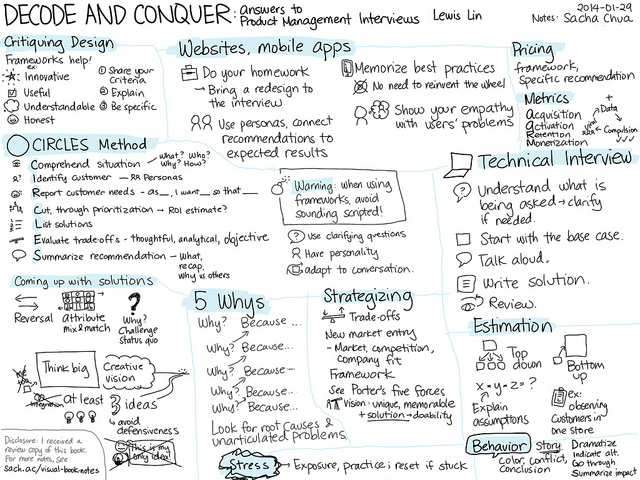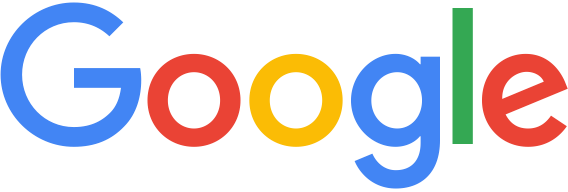Lewis C. Lin’s 11 Most Popular Frameworks
August 30th, 2024 by lewis
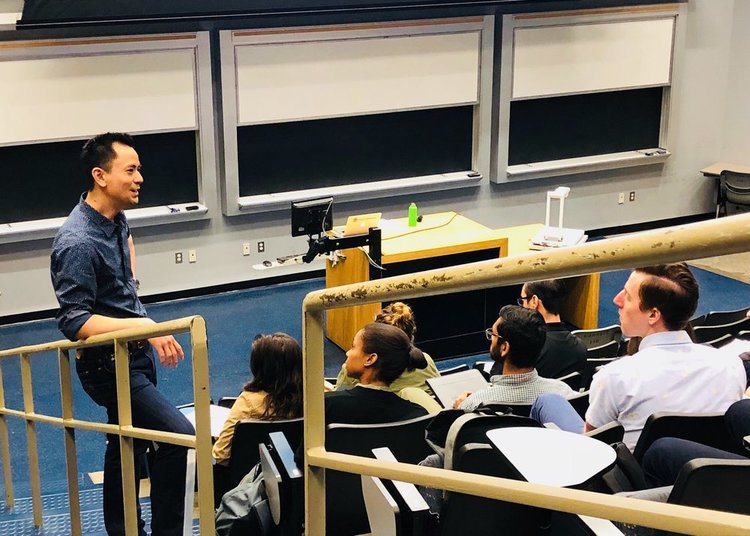
We have a guest post from Swati Priyam. Swati is a product management veteran with deep technical expertise. She’s held roles at some of the best brands including Expedia, Navis, and EMC. Swati holds a Master of Software Engineering from Carnegie Mellon.
If you’ve worked with Lewis, participated in his workshops, or read his books, you know that he is all about frameworks.
Frameworks help immensely, both on the job and at the interview. Frameworks get you better outcomes and ensure that your thinking and communication is thorough. Frameworks might impress your audience too.
Below, I’ve described his favorite frameworks including when and how you should use them.
The DIGS™ Framework
According to Lewis Lin, when you are asked a behavioral question, instead of giving a boring mechanical answer using the STAR (Situation, Task, Action, Result) method, you must find a way to portray your experiences as interesting, engaging stories that hiring managers can easily understand and enjoy. For that purpose, he developed the DIGS framework as shown below:
- D ramatize the situation
- I ndicate the alternatives
- G o through what you did
- S ummarize your impact
The Rule of Three
Using the DIGS framework not only allows your interviewer to understand the importance of the story you are talking about but also what you did with all possible alternatives in mind. Lewis Lin recommends using The Rule of Three framework while doing that. A list of 3 things inherently seems more complete than a list of 2 things. On the other hand, a list of 4 or 5 things is too many and might get overwhelming to the interviewer.
Pros and Cons List
While explaining the alternatives, it is very helpful to do a pros and cons list which helps the interviewer understand the thought process of the decision the storyteller made to solve the problem.
5W and H
When you go through details of what you did, you can leverage the 5W and H framework to convince the interviewer that you were on the driver’s seat in your story and not just someone sitting next to the driver. Listed below is the breakdown of this framework along with some examples of how to use them to provide clear details in an interesting way.
- What did you do?
- Who did you call?
- When did you decide to launch?
- Where was the product launched first?
- Why did you launch it there?
- How did you prioritize?
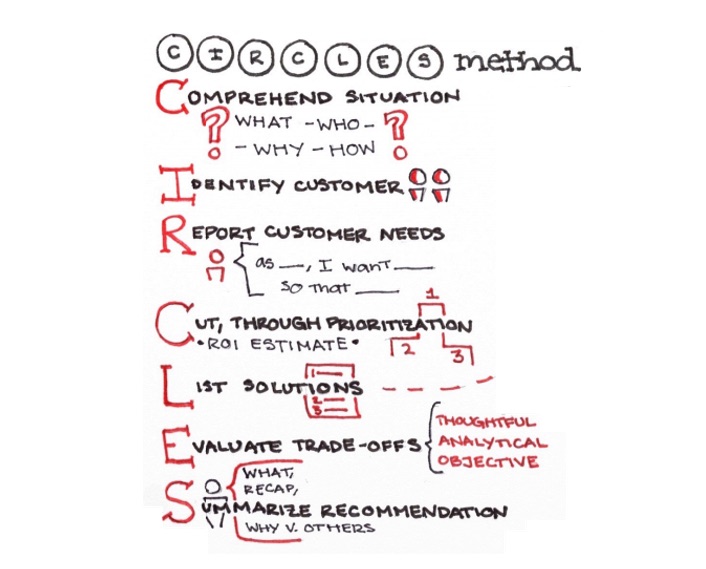
CIRCLES™ Framework
When asked a product design question, Lewis recommends adopting his CIRCLES Method as shown below to organize your thoughts and provide a complete response without forgetting any step in an interview setting.
- C omprehend the situation
- I dentify the customer
- R eport the customer’s needs
- C ut through prioritization
- L ist Solutions
- E valuate trade-offs
- S ummarize your recommendations
As you Comprehend the situation, it is usually a good practice to use the 5W and the H question list.
However, in the interest of time, Lewis recommends shortening to just the 3Ws and H instead:
- What is it?
- Who is it for?
- Why do they need it?
- And how does it work?
The 5Es
To Identify and Report your customer needs and to sketch the activities of the customer, draw a customer journey map. It helps you uncover product improvement areas easily. While drawing the customer journey map, think about the 5Es checklist to help brainstorm different stages of the customer experience. Here are the 5Es:
- E ntice: What event triggers a user to enter into the UX funnel?
- E nter: What are the first few steps in the UX funnel?
- E ngage: What task(s) is the user trying to accomplish?
- E xit: How does the user complete the task?
- E xtend: What follow up actions occur after the user completes the task?
After you have identified the customer and their needs and are onto the step of Listing the solutions, you must remember the Rule of three. Brainstorming on at least 3 or more solutions will help you innovate iteratively and will put you in a comfortable situation as the interviewer critiques your solutions.
AARM™ Metrics
Under the product execution question type, you might be asked to define metrics for a product as you prepare to launch a new feature to the market. AARM metrics is a great analytical framework which gives step-by-step guidance to measure your success. Listed below are some sample questions to ask yourself as you deal with a metrics question.
- A cquisition – How can you track customer sign-ups for your service?
- A ctivation – How many users are fully registering for your service?
- R etention – How many users are returning to use the service often and in turn, helping the business?
- M onetization – How much revenue are you able to collect from the users?
The Situation-Complication-Resolution (SCR) Framework
The McKinsey SCR framework enables you to craft a succinct business story. Here is how you should use it:
- S ituation – Explain the context and facts to familiarize the audience
- C omplication – What was the problem?
- R esolution – How did you go about solving the problem?
The ESTEEM™ Method
The ESTEEM Method is a step by step guide for what you should do to climb the PM ladder after you have landed a great PM job. The components are as listed:
- E xecution – Legendary PMs deliver 5-10x of what regular PMs deliver
- S uperior communication skills – Legendary PMs are strong communicators
- T actical awareness – Legendary PMs work smarter, not harder
- E xtraordinary mental toughness – Legendary PMs don’t quit easily
- E xceptional team builder – Legendary PMs have a great network of talented people
- M oonshot vision – Legendary PMs differentiate themselves with a moonshot vision
The PEDALS™ Method
PEDALS is a six-step framework to guide discussion and development of scalable systems. The six steps are:
- P roccess requirements
- E stimate
- D esign the service
- A rticulate the Data Model
- L ist the Architectural Comonents
- S scale
The TROPIC Framework
The TROPIC product metrics framework is a powerful diagnostic tool for product managers to swiftly identify the root causes of changes in product metrics. TROPIC stands for:
- Time
- Region
- Other Features
- Platform
- Industry
- Cannibalization.
By systematically examining these six areas, one can gain valuable insights into why their metrics are shifting. This comprehensive analysis helps pinpoint specific factors affecting product performance, enabling timely and effective actions to address any issues.
Final Thoughts
While these frameworks, methods, and acronyms are very useful in organizing one’s thoughts, one must remember why they are there and how to use them. They are meant to make your life easy.
Remember that these frameworks are just guidelines or checklists, but not full recipes.
For more details, refer to Lewis’ books:
Decode & Conquer by Lewis C. Lin
The Product Manager Interview by Lewis C Lin
The System Design Interview by Lewis C Lin and Shivam P Patel
Be the Greatest Product Manager Ever by Lewis C Lin

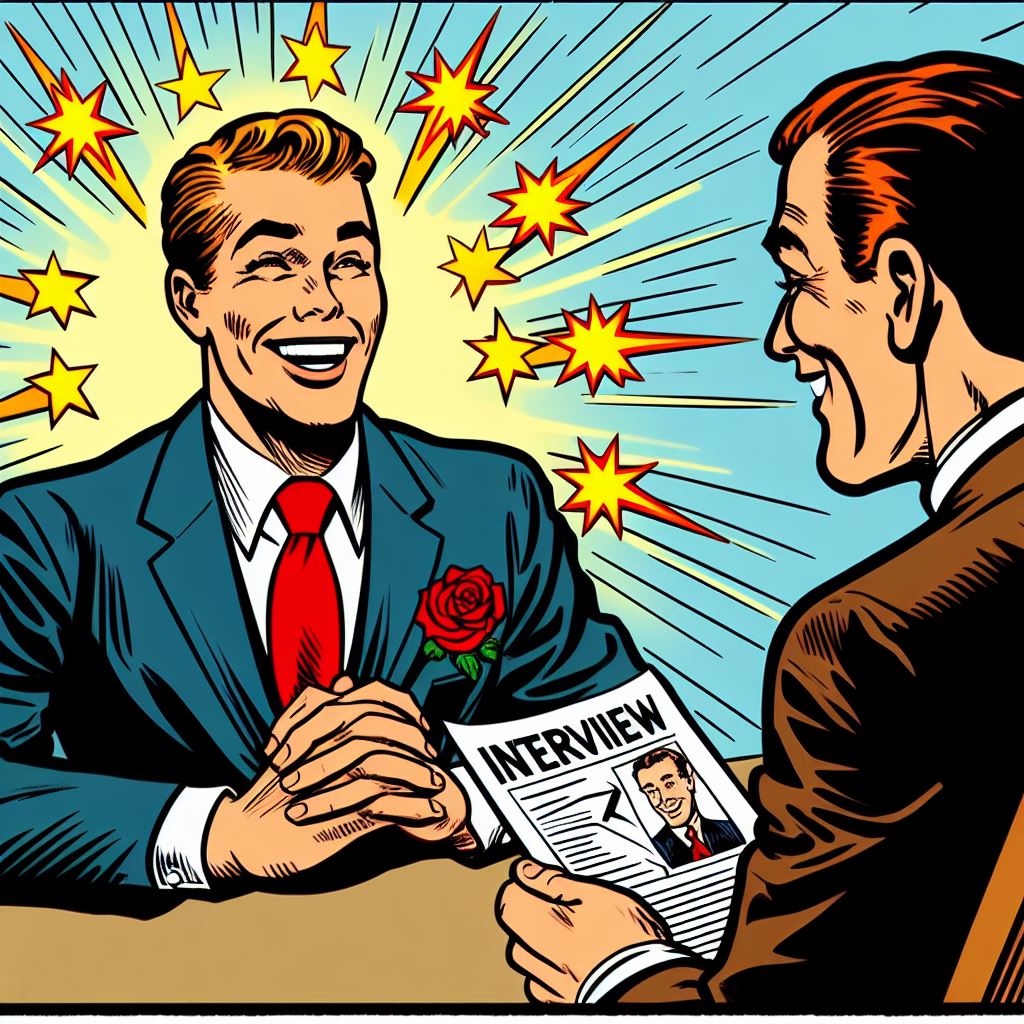 Introduction
Introduction
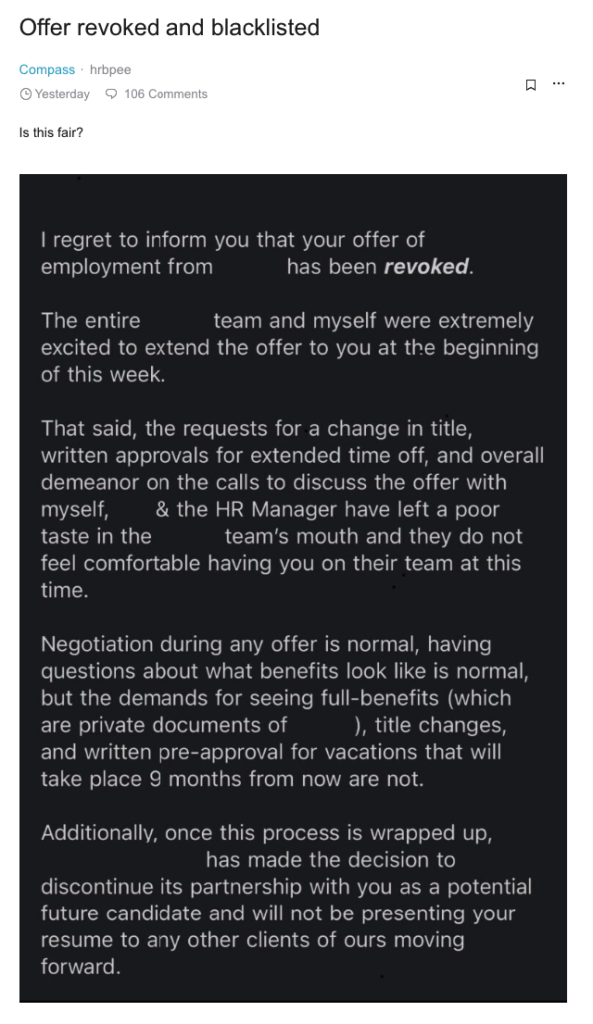
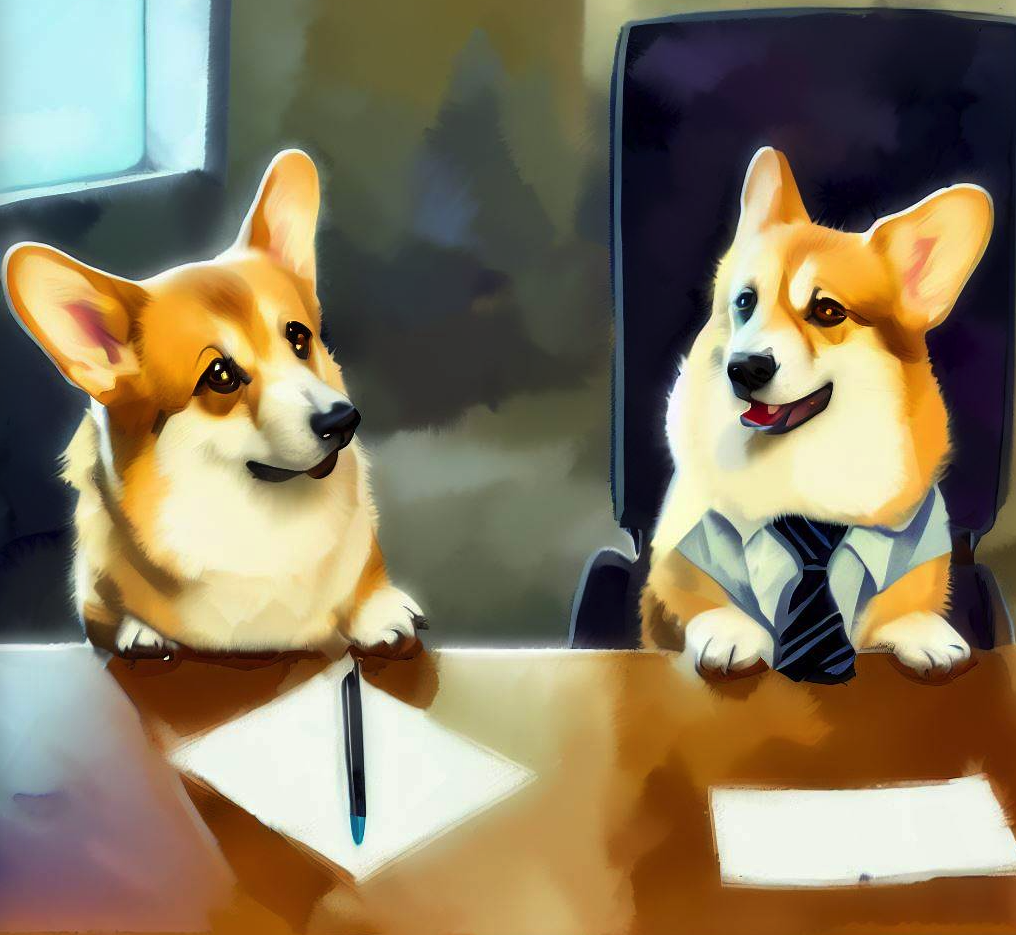 Introduction
Introduction
